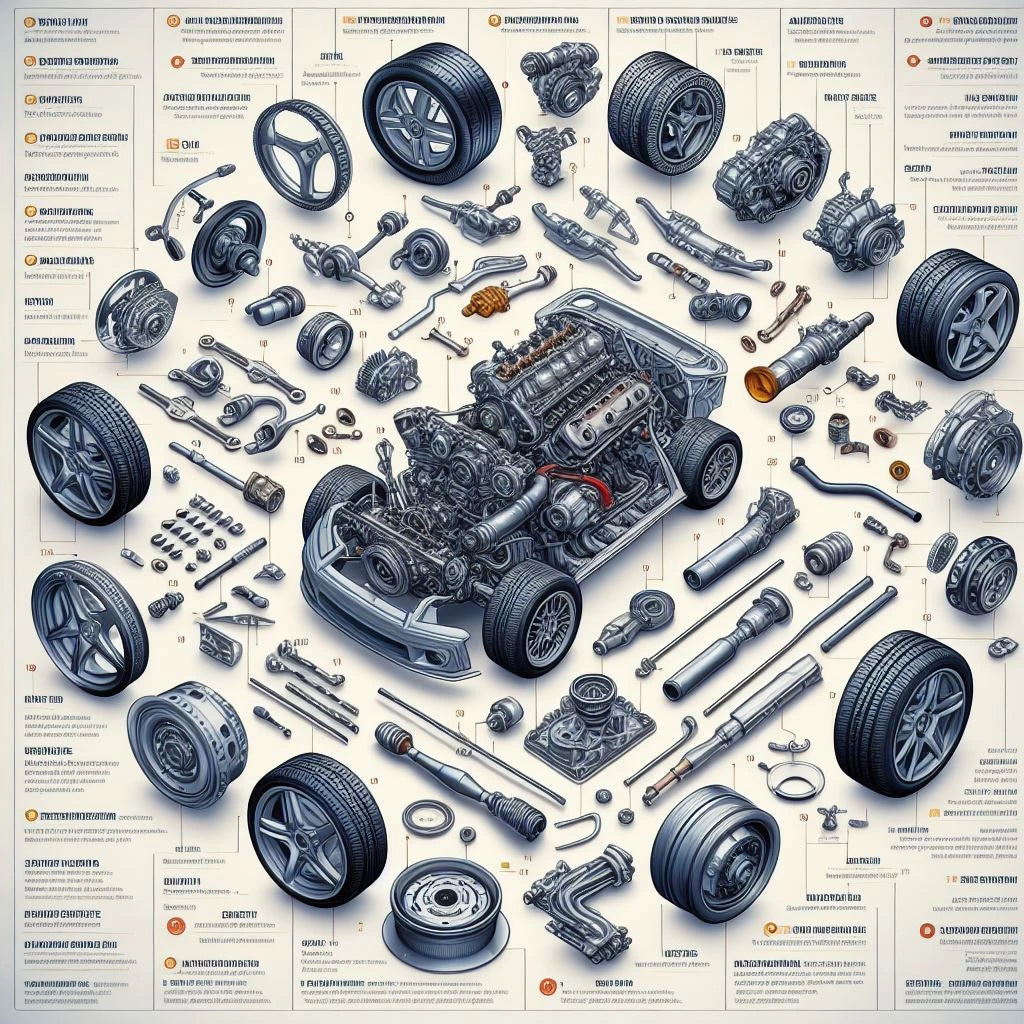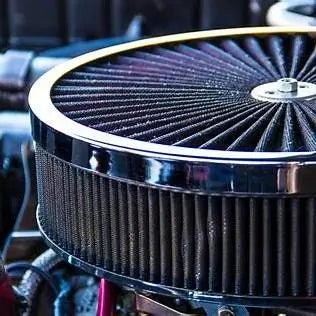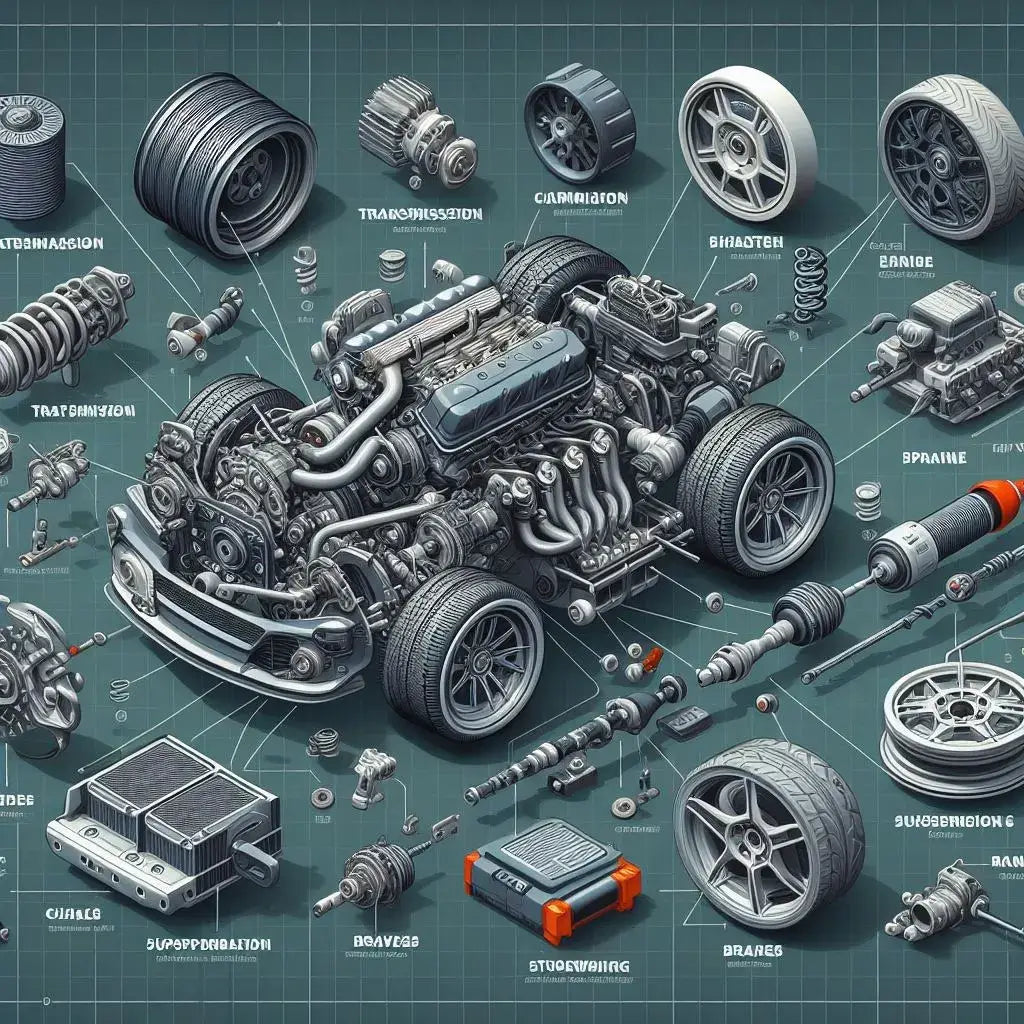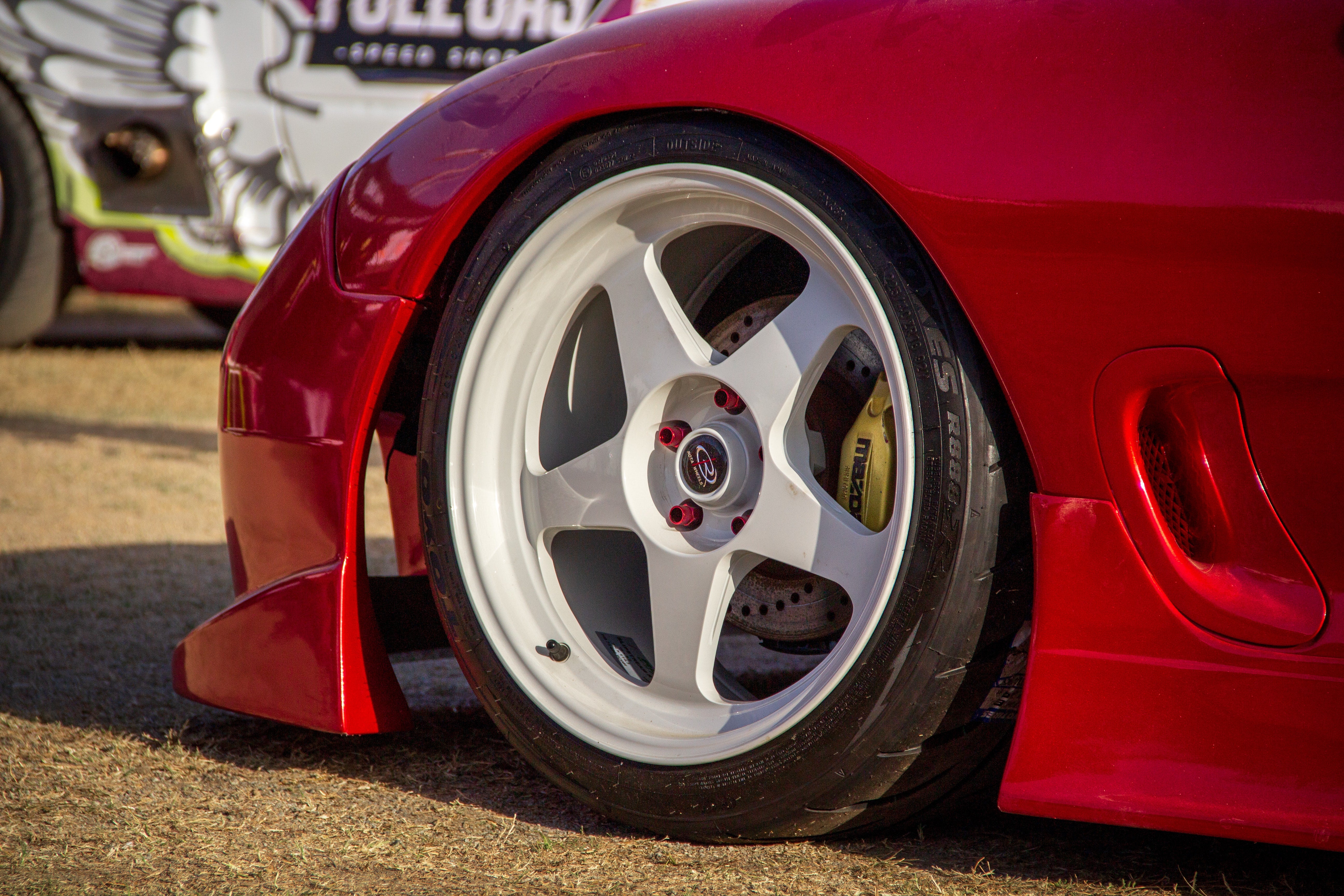
Performance Parts and Automotive Tuning at CUSTOM+
The technical characteristics of the performance and automotive tuning parts that we offer.

Are you a car enthusiast and do you like to know the technical details of performance and tuning parts for cars? Do you want to know what's hidden under the hood of your car and how the performance and tuning parts we offer at CUSTOM+ work? Do you want to learn about mechanics, electronics, physics, or chemistry related to performance and tuning parts for cars? Then this article is for you!
At CUSTOM+, we offer high-quality performance and tuning parts that allow you to improve your car's performance in every way. But do you know how these performance and tuning parts are designed, manufactured, and installed? Do you know the scientific principles that govern their operation? Do you know the advantages and disadvantages of each type of performance and tuning part?
In this article, we'll explain the technical specifications of the performance and tuning parts we offer at CUSTOM+. We'll introduce you to the different types of performance and tuning parts, such as air filters, sports exhausts, turbochargers, sports suspensions, sports brakes, alloy wheels, and more. We'll describe their composition, structure, manufacturing method, and installation. We'll show you how they work, their usefulness, their effectiveness, and their impact on your car. We'll provide you with concrete examples, key figures, explanatory diagrams, and mathematical formulas.
For example, did you know that the air filter is a performance part that helps improve your engine's power and efficiency by optimizing the air-fuel mixture? The air filter is composed of a filter element made of paper, cotton, or foam, which traps impurities present in the air drawn in by the engine. The air filter is placed in a plastic or metal box, which protects the air filter from impacts and temperature variations. The air filter is connected to the intake manifold by a flexible or rigid duct. The air filter's function is to allow the maximum amount of air to pass into the engine while retaining the maximum amount of dust. The air filter's purpose is to increase the engine's power by increasing the amount of oxygen available for fuel combustion. The air filter's effectiveness is to reduce fuel consumption and pollutant emissions by improving engine efficiency. The air filter's impact on your car is to give it more dynamism, flexibility, and responsiveness.
Here is an example of a calculation that allows you to estimate the power gained thanks to the air filter:
The engine power (P) is proportional to the mass flow rate of air (m) entering the engine:
P=k×m
where k is a coefficient that depends on the type of engine.
The mass flow rate of air (m) is proportional to the atmospheric pressure (p), the absolute temperature (T) and the volume flow rate of air (Q):

where R is the ideal gas constant.
The air volume flow rate (Q) depends on the type of air filter used. A standard air filter allows approximately 300 m3/h of air to pass through, while a sports air filter allows approximately 400 m3/h of air to pass through.
Assuming that the atmospheric pressure (p) is equal to 1013 hPa, that the absolute temperature (T) is equal to 293 K and that the coefficient (k) is equal to 0.5 kW/kg/h, we can calculate the engine power with a standard air filter (P1) and with a sports air filter (P2):

The power gained by the sports air filter (ΔP) is equal to the difference between the engine power with a sports air filter (P2) and the engine power with a standard air filter (P1):

We can therefore estimate that the sports air filter allows you to gain around 17.7 kW of power on the engine.
The Stainless Steel Exhaust
Want to boost the sound, power, and looks of your car? Then opt for the stainless steel sports exhausts available from CUSTOM+. These performance parts are ideal for improving your car's performance in every way.
The stainless steel sports exhausts consist of four parts:
- The silencer , which reduces engine noise
- The catalyst , which reduces polluting gases
- the manifold , which connects the engine to the muffler
Stainless steel sports exhausts are made of high-quality materials that are resistant to rust, heat, and pressure. Stainless steel is an alloy of iron, carbon, and chromium, which protects the metal. Stainless steel is lighter, stronger, and more durable than regular steel.
Stainless steel sports exhausts are installed on your car in place of conventional exhausts. You must comply with the safety and approval regulations of your country or region. You must also adapt the stainless steel sports exhausts to your car, depending on the diameter, shape, and length. Finally, you must adjust the stainless steel sports exhausts to your tastes, in terms of sound, power, and appearance.
Stainless steel sports exhausts are designed to change the flow of exhaust gases leaving the engine.
Stainless steel sports exhausts have many advantages, here they are:
- Increase the sound, power and look of your car.
- Reduce pressure, optimize air-fuel mixture and improve engine efficiency and reduce fuel consumption
- Give more character, dynamism and style to your car.




